
Profile milling
Milling processes are available using different techniques and are suitable for specific manufacturing types and stages. Profile milling is a popular version for semi-finishing and finishing steps in a machining project.
This milling method is commonly used to machine slanted and vertical surfaces of a material. The goal is to develop finer details on a workpiece’s edge, face, and shape, otherwise called the profile.
The cutting tool is set to operate through a designed path through computer numerical control (CNC) technology for perfect results. This type of automation, plus the nature of profile milling, is instrumental in creating valuable parts and components for industries such as automotive, aerospace, and general manufacturing.
Nothing is better than achieving a milling profile through professional CNC milling services. A combination of material conversance, access to world-class equipment, cost-efficient manufacturing, and precise machining makes ProleanTech the preferred provider of CNC milling solutions for many businesses in China and overseas.
Read on as we unpack profile milling for business so you can undertake your next project successfully.
What Is Profile Milling And Its Relevance?
Profile milling is a specialized machining operation that targets the outer edges or contours of a material or part. Like plain milling, it is normally performed by a CNC machine, which ensures the cutting tool follows a pre-designed path and maintains other basic parameters.
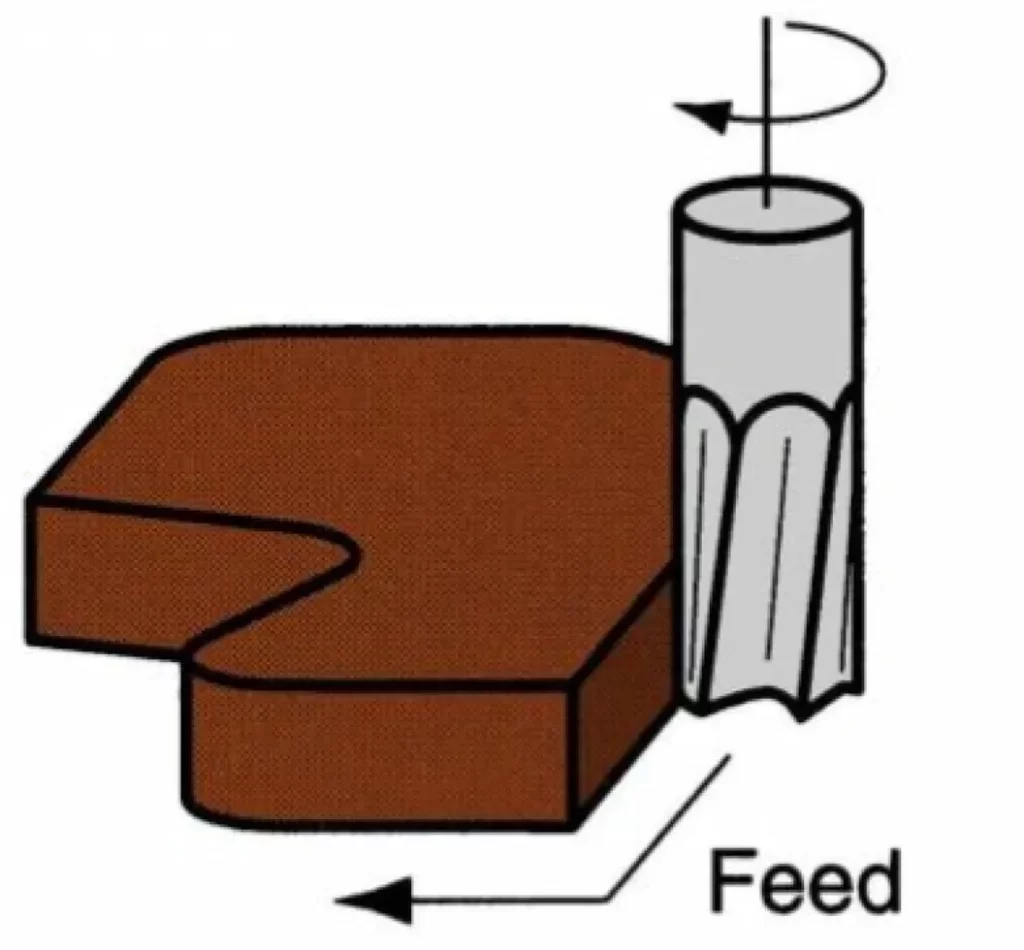
Profile milling rotation and feed
This milling process is normally performed on a CNC machine to produce semi-finishes and finishes. The process capabilities in terms of profiles are limitless. A seasoned manufacturer with quality milling machines can easily produce two and three-dimensional profiles.
For its versatility, cost-effectiveness, and room for complexity, this milling method is relevant in automotive, aerospace, medical, oil & gas, and many other industries, which ProleanTech serves with quality 100+ different materials and linear tolerances as good as ±0.0002” (0.005 mm).
Understanding The Profile Milling Process
For a better understanding of the profile milling technique, it is important to look at the process at ProleanTech from the start.
Like other CNC machining processes, milling involves computer-aided design (CAD), cutting tool selection, process setup, roughing machining, and finishing machining.
We are very deliberate on complying to these basic steps for every machining project. This helps us give quality all the time and achieve repeatability, which is crucial in most industries.
We follow the following milling steps to produce attractive and functional profile milled parts;
-
The Computer-Aided Design (CAD) Step
At the start of the process, a CAD model of the envisaged part is created. This model indicates all the important features, including contours.
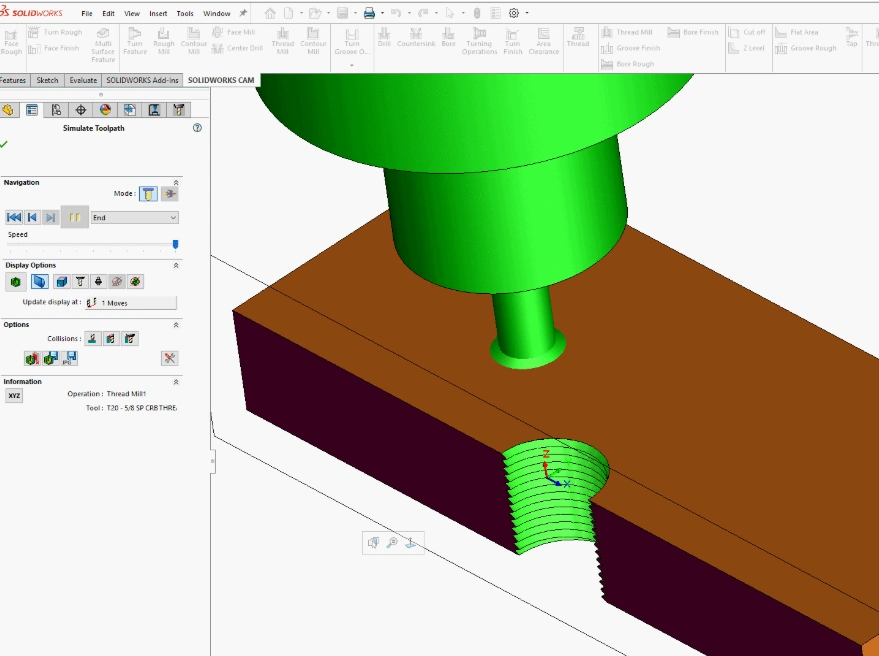
A CAD a milling cut
A CAM software is then used to convert the CAD model to a file that the CNC milling machine reads. The CAM software helps generate the instructions for the machine, otherwise called the toolpath.
-
The Milling Tool Options
Profile milling is done by special tools, so we have to ensure we have the right tool on the machine. Other than the nature of the work and its complexity, the type of metal/material will also determine the ideal milling tool. Of course, tapered mills and end mills are always top-priority tools for milling.
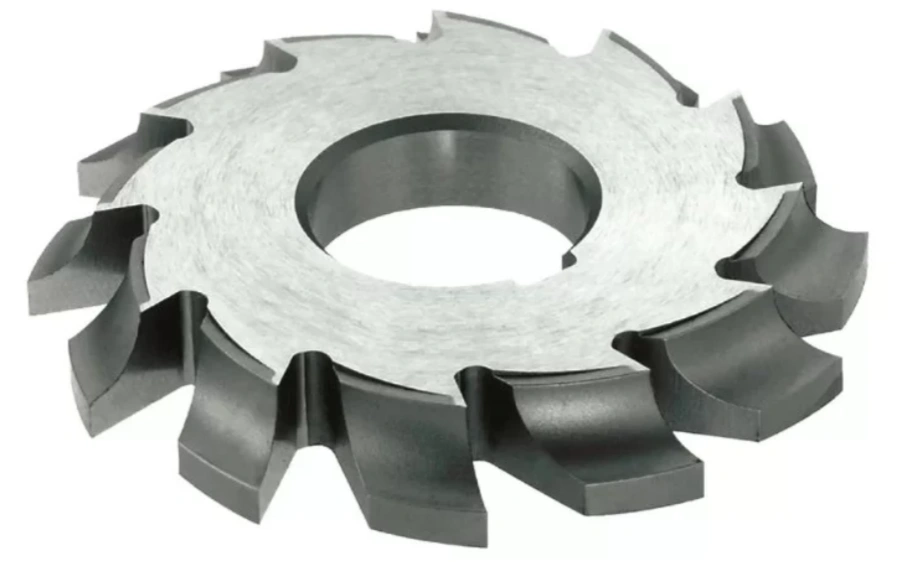
A profile milling cutter
-
Initial CNC Machining
Every CNC machining has the roughing step, which is using large tools to remove substantial amounts of material. Roughing produces the outline of the part very quickly with minimal regard for surface finish and accuracy.
-
Semi-finishing And Finishing
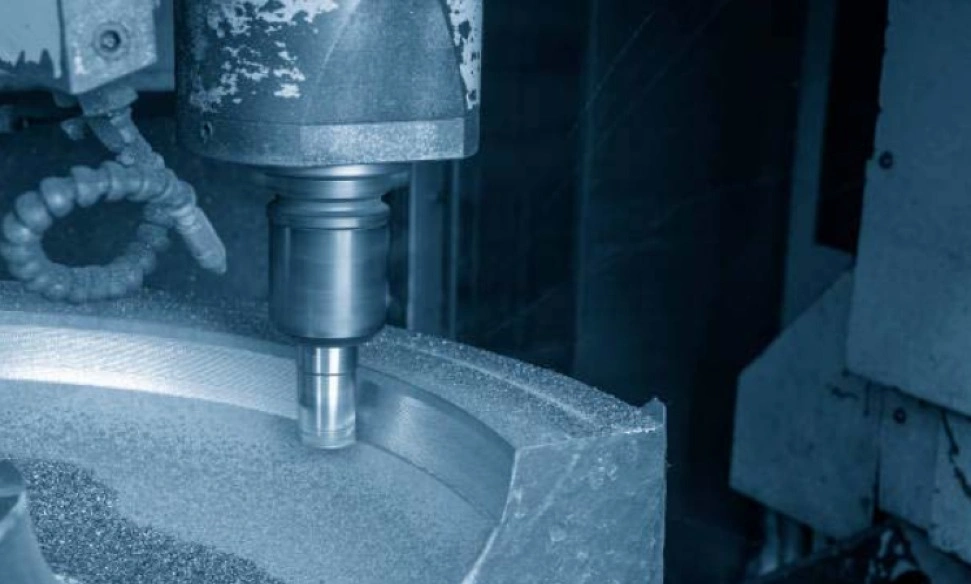
Semi-finishing
We refine the workpiece’s profile and surface condition in these final milling stages. Smaller milling tools are used to produce the required tolerances and surface finishes. Medical, aerospace, and similarly precision-sensitive industries require even more specialized profile milling tools and techniques.
Try Prolean Now!
The Categories Of Profile Milling We Consider
We can do a lot with profile milling to produce different profiles on the workpiece as required by the client. That’s mainly because we have in our disposal various types of profile milling approaches.
The common types of milling techniques we can use for parts are climb milling, 2D milling, 3D milling, and multi-axis milling. Let’s look at these categories in more detail.
Climb Milling
In climb milling, the milling tool and feed spin in the same direction. The setting helps attain a perfect finish and minimizes tool wear. We use this method when the priority is a superior finish.
2D Milling
2D milling is a dependable milling technique when the aim is to machine an outline or other simple shapes on the workpiece. The tool mainly is positioned along the Z-axis to cut on the XY plane.
This milling type works perfectly where the machine tool spindle and machined surfaces are normally oriented to each other. We prefer this cost-effective approach as long as the pockets and contours are simple.
3D Milling
Different from 2D milling, 3D milling incorporates more axes. Because of the involvement of X, Y, and Z axes, this version allows us to create more complex profiles on the workpiece. Smoother surface finishes and deeper profiles are necessary in aviation and other industries with relatable requirements.
Multi-axis Milling
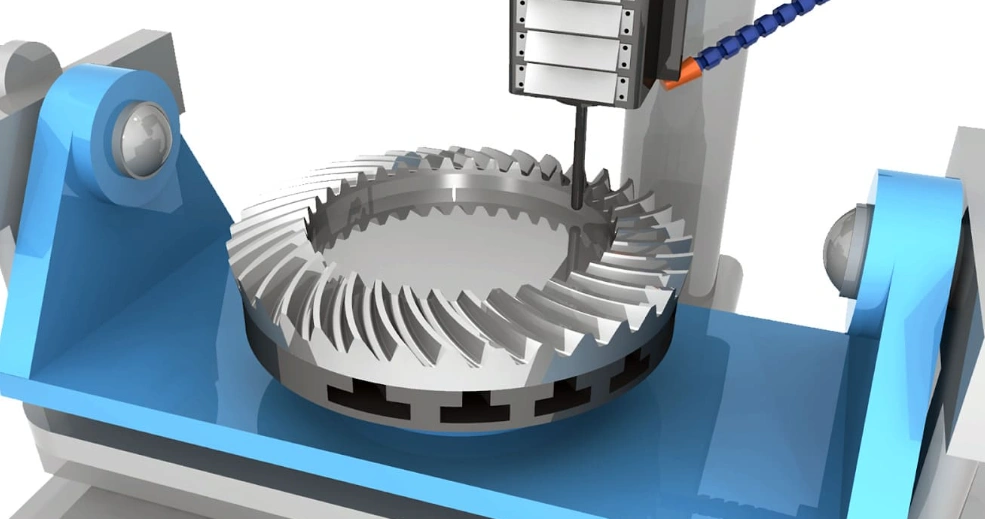
Multi-axis milling
Multi-axis profile milling is an advancement of 3D profile milling, adding two or three axes to make the results even more intricate. The accuracy and flexibility of this profile milling technique are unmatched.
Popular Milling Tools We Use For Relevant Results
Milling cutters are designed to provide the required profile and surface finish. Given that these results vary from project to project, there are different types of cutters to consider.
The variety of tools is common for all types of milling operations, but the specific tools are usually unique.
Common cutters for this milling method are round inserts, ball nose indexable tools, ball nose exchangeable heads, and ball nose solid carbide.
Round Inserts For Profile Milling
Round inserts are renowned for their versatility in milling operations. Their fixed radii ensure precise and smooth profiles on the workpiece. There are carbide grades to choose from to cater for different workpiece materials.
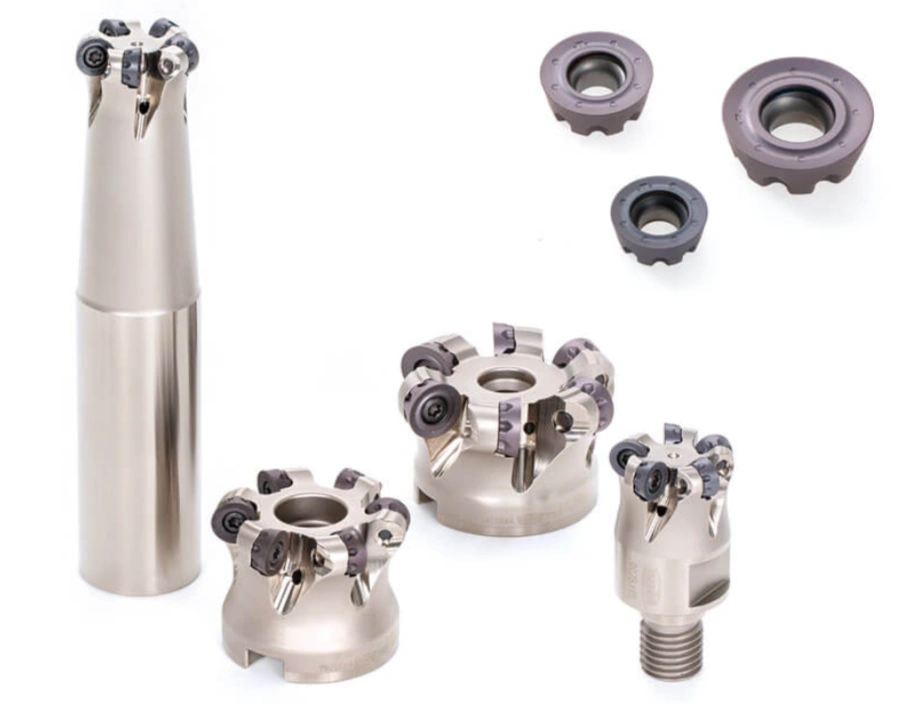
Round inserts
Ball Nose Indexable Tools For Milling Profiles
Ball nose tools are ideal for not only profiles but also complex curves and contours. They are preferred for fine finishing jobs. Indexable means that the tool can be interchanged.
Ball Nose Exchangeable Heads
Ball nose exchangeable heads are designed to support different milling heads for different milling applications. The ball nose exchanger head is held in a shank holder.
Ball Nose Solid Carbide
The most noticeable effect of this cutter is the production of a radius at the cut’s bottom.
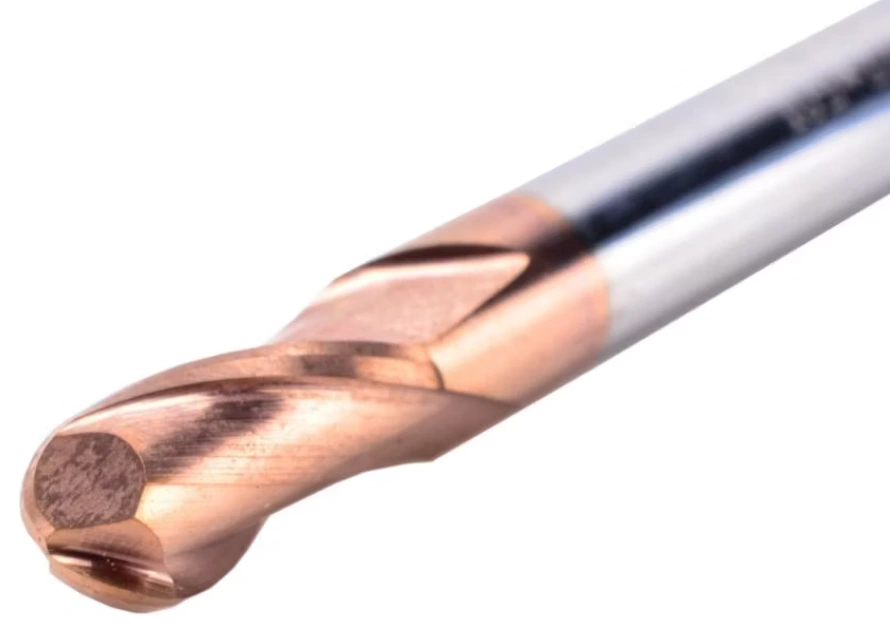
A ball nose solid carbide milling tool
In a table summary, here’s the relevance of each of these tool designs:
| Element | Round inserts | ball nose indexable tools | ball nose exchangeable heads | ball nose solid carbides |
| Spindle size | ISO 40, 50 | ISO 40, 50 | ISO 30, 40 | ISO 30, 40 |
| Requirement for stability | High | Average | Average | low |
| Surface finish quality | Good | Good | Excellent | Excellent |
| Cutting versatility | Very high | Very high | Very high | Very high |
| Suitability for roughing | Very high | Good | Fair | Fair |
Try Prolean Now!
Common Industries That Use Profile Milled Parts
A machining technique so effective and relevant is sure to find applications in different segments of the economy. Areas commonly use profile milling services from ProleanTech include aerospace, automotive, and furniture manufacturing.
The incredible machining tolerances and our team’s vast experience are reasons we have maintained our clients and keep getting new inquiries. Let us discuss the use of profile milling in other industries.
Profile Milling For the Aerospace Industry
Profile milled parts are popular in the aerospace industry because the manufacturing method allows for complexity, material versatility, and high customization. This milling technique is perfect for creating intricate profiles and adhering to tight tolerances for aerospace parts such as turbine blades.
Profile Milling For the Automotive Industry
The milling method is equally useful in the automotive industry, where the need for accurate parts cannot be emphasized enough. A lot of customization happens in this industry for parts such as transmission shafts, engine blocks, and exhaust parts. All these require input from the milling technique.
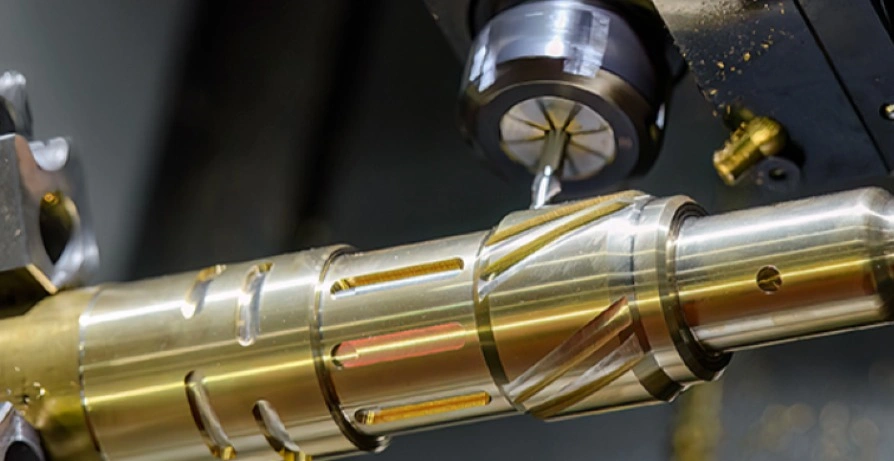
Shaft CNC milling
Profile Milling In The Tooling Market
Shaping complex parts requires molds and dies, which can be complicated for machines. With profile milling, creating complex contours becomes straightforward.
Such tools’ rounded edges and sloping walls are developed using advanced milling techniques such as profile milling.
Using Profile Milling In The Oil And Gas Industry
The oil and gas industry also requires many types of precision parts, which are commonly CNC-milled. Profile milling is the go-to process for special parts such as valves, cylinders, impellers, and pistons.
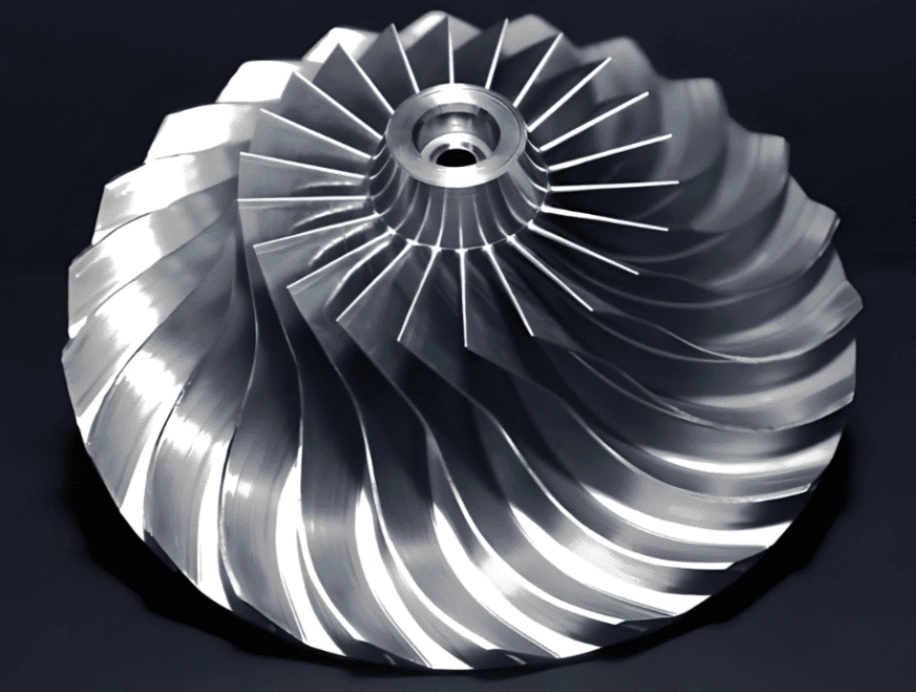
An impeller
These parts must work in harsh conditions and withstand monumental forces. Therefore, they are built from tough materials. Profile milling tools are capable of machining different materials with the same level of results.
Profile-Milled Medical Parts
The medical industry is another popular centre for profile-milled parts. Since precision, close tolerances, and perfect surface finish are non-negotiable properties in this industry, it is understandable that many parts are generated this way.

A profile-milled bone plate
Consider The Pros And Cons Of Profile Machining
Before concluding this coverage of profile machining, it is essential to look at both sides. An honest analysis is always the best guide when getting parts or considering other processes.
As we have always reiterated at ProleanTech, every milling process has advantages and drawbacks, so profile CNC machining is no exception. The secret is in capitalizing on the strengths to create the best parts.
The common pros and cons of the technique are captured in the table below:
| Pros Of Profile Machining | Cons Of Profile Machining |
|
|
In Conclusion
Many manufacturers and parts dealers rely on the capabilities of CNC profile machining. It is easy to appreciate the limitless relevance of this process after going through this guide.
If you are seeking world-class profile milling services, ProleanTech is waiting for your call. Our world-class CNC milling services that encompass profile milling and many other milling techniques are exactly what you need for professionally designed, relevant, durable, and cost-effective parts.
Get in contact with our experts today and ask for a quote to start the exciting journey of finding the best CNC milled parts.


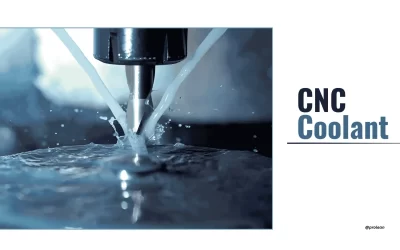

0 Comments